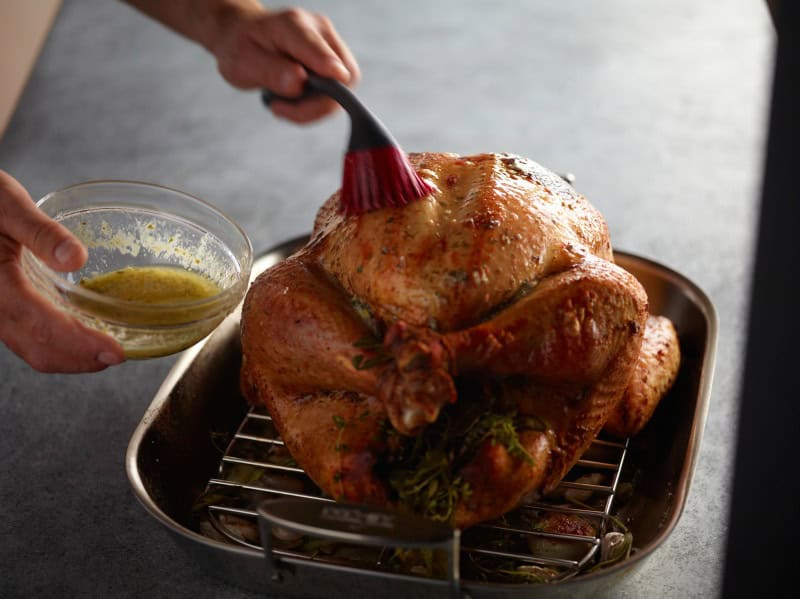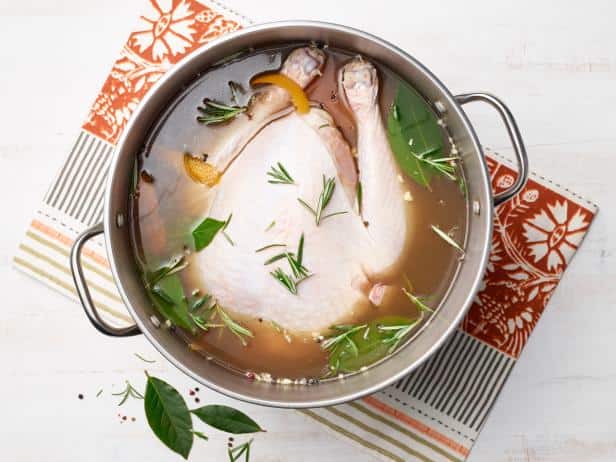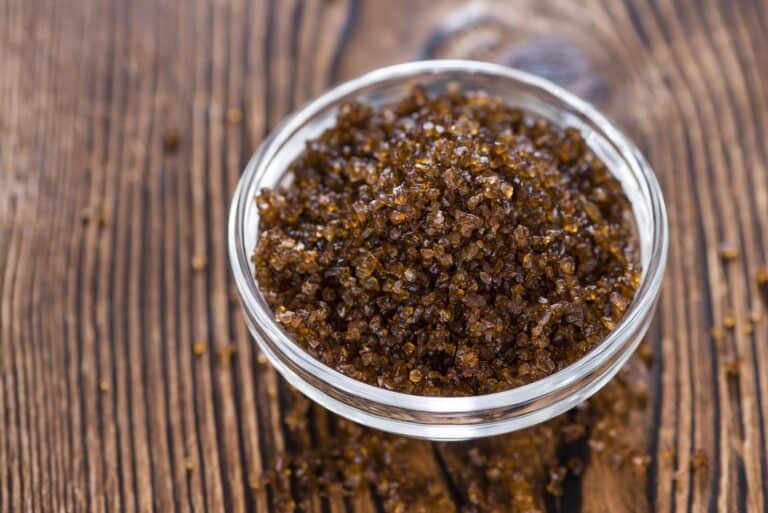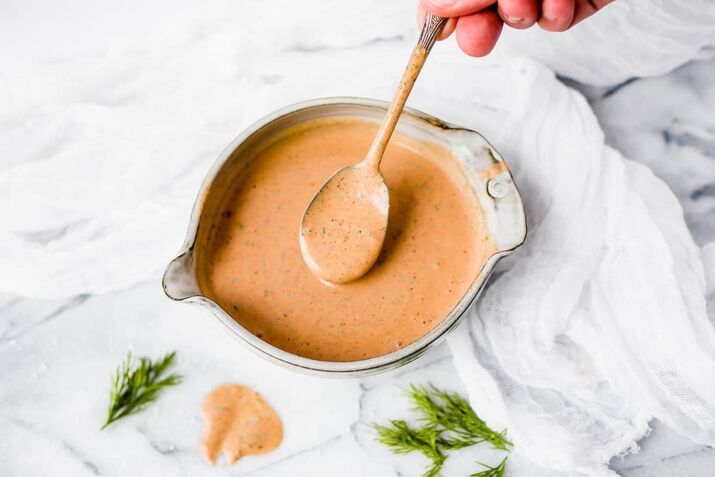How to Baste a Turkey Properly
Alright, turkey enthusiasts, gather ’round! Whether you’re a seasoned chef or a first-time holiday host, mastering the art of basting is a game-changer for your Thanksgiving or Christmas feast. Basting is the secret sauce (literally and figuratively) to ensuring your turkey turns out juicy, flavorful, and golden-brown. Think of it as a spa treatment for your bird – a little TLC that makes a big difference.
Basting a turkey is a key step in achieving that juicy, flavorful bird that everyone looks forward to during the holidays. Here’s a comprehensive guide on how to baste a turkey effectively. So, grab your basting brush, don your apron, and let’s dive into the delicious world of turkey basting. Trust me, your guests will thank you!

What is Basting?
Basting is a cooking technique that involves pouring, brushing, or spooning liquid over a food, often meat, while it’s being cooked. The purpose of basting is to keep the meat moist and tender by continually coating it with its own juices or a specially prepared marinade. This process also aids in achieving a beautifully browned, glossy surface.
Basting is particularly important when preparing larger cuts of meat or poultry, such as a turkey, that require extended cooking times. Doing so ensures your turkey remains succulent and delicious, and doesn’t dry out during the roasting process.
What You’ll Need:
- Turkey (obviously)
- Basting brush or turkey baster
- Melted butter or broth (or both!)
- Seasonings (like garlic, herbs, salt, pepper)

Step-by-step Guide on How to Baste a Turkey

- Prepare Your Basting Liquid: Start by melting some butter or mixing broth with herbs like thyme, rosemary, and sage. You can also use the pan drippings from the turkey itself for basting.
- Preheat and Prep: Preheat your oven to the temperature specified in your turkey recipe, usually around 325°F. Place your turkey on a roasting rack inside a roasting pan.
- Basting Tools: Use a basting brush, ladle, or turkey baster to apply the liquid. A turkey baster gives you the most control over where the liquid goes.
- Basting Frequency: Baste your turkey every 30-45 minutes. Remove the turkey from the oven to baste it. This helps maintain the oven temperature and ensures even cooking. If you leave the oven door open too long, it can significantly increase cooking time.
- Checking Doneness: Use a meat thermometer to check when your turkey is done. The thickest part of the thigh should read 165°F. Once it reaches this temperature, take the turkey out and let it rest for about 20-30 minutes before carving.
Tips and Tricks:
- Crispy Skin: For an extra crispy skin, increase the oven temperature to 425°F for the last 15-20 minutes of cooking.
- Self-Basting Turkeys: If you have a self-basting turkey, which is pre-injected with a solution to keep it moist, you might not need to baste as often.
- Alternative Methods: Other methods to keep your turkey moist include brining or cooking it upside down for part of the time.
Alternatives to Traditional Turkey Basting
If basting still seems too daunting or time-consuming, there are other methods to ensure your turkey remains moist and flavorful without the need for frequent basting.
Brining:
As mentioned earlier, brining your turkey before you cook it can yield a succulent, flavorful bird. The process involves soaking your turkey in a mixture of salt, sugar, and water, often with added spices, for several hours or overnight. The turkey absorbs some of the brine, helping to keep it juicy and adding flavor.

Using a Roasting Bag:
Another alternative to basting is to roast your turkey in a roasting bag. This method traps the moisture, effectively basting the turkey in its own juices as it cooks. It also helps cut down the cooking time and makes cleanup a breeze.

Butterfly or Spatchcock Your Turkey:
This method involves removing the backbone of the turkey and flattening it before cooking. Not only does it drastically reduce the cooking time, but it also ensures even cooking and a crispier skin, reducing the need for basting.

Remember, the most important thing is to find a method that works for you and results in a turkey that you and your loved ones will enjoy. Regardless of the method you choose, the end goal remains the same – a juicy, flavorful turkey.
Wrapping Up
That brings us to the end of this comprehensive guide on how to baste a turkey, even when faced with specific challenges or disadvantages. From preparation to execution, we’ve explored a step-by-step method that’s both accessible and practical. Along the way, we’ve also highlighted key considerations and alternative strategies to ensure you can produce a juicy, flavorful turkey that’ll impress at any gathering.
I’m JL Surjan, and my experience in navigating the culinary world has taught me that even the seemingly complicated tasks can be simplified and tailored to suit every home cook. I’ve been in the same boat, learning the ins and outs of techniques like basting a turkey. I’ve adapted to using different tools and methods, all the while appreciating that each small achievement in the kitchen adds to my confidence and skillset.
By sharing my insights and tips with you, my goal is to inspire and empower you to take on these culinary challenges head-on. Remember, with a bit of knowledge, creativity, and practice, you can master any technique, and basting a turkey is no exception. Here’s to your success in the kitchen!
Disclosure: Our blog contains affiliate links to products. We may receive a commission for purchases made through these links. However, this does not impact our reviews and comparisons. We try our best to keep things fair and balanced, in order to help you make the best choice for you.






